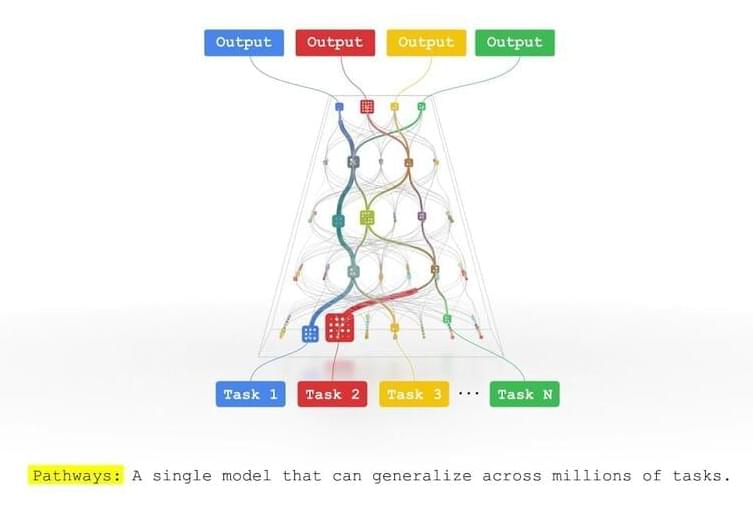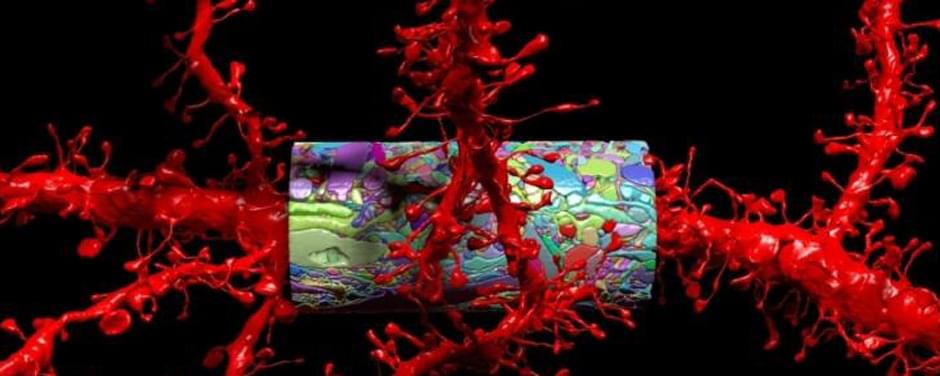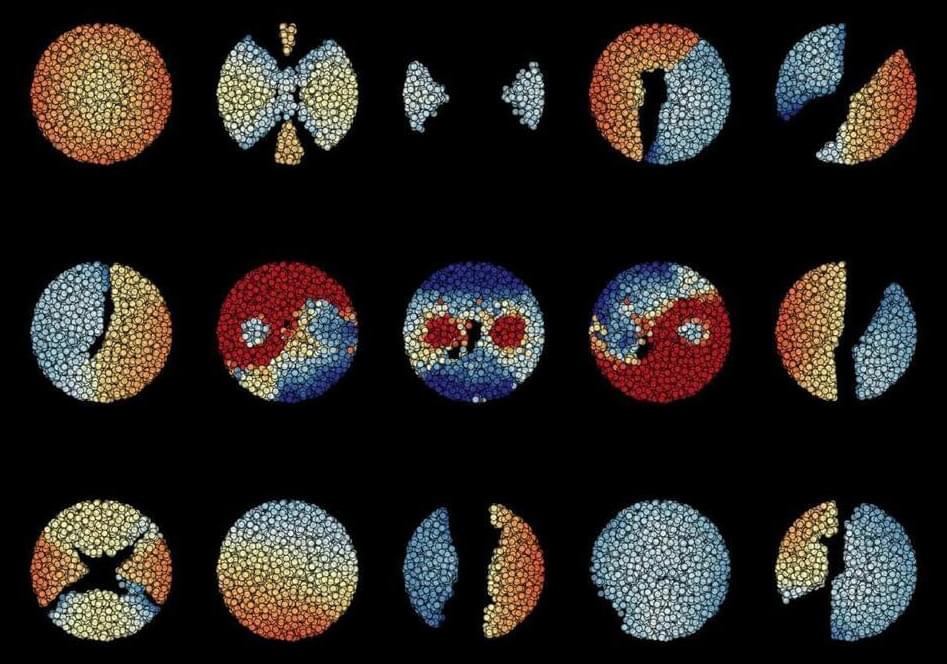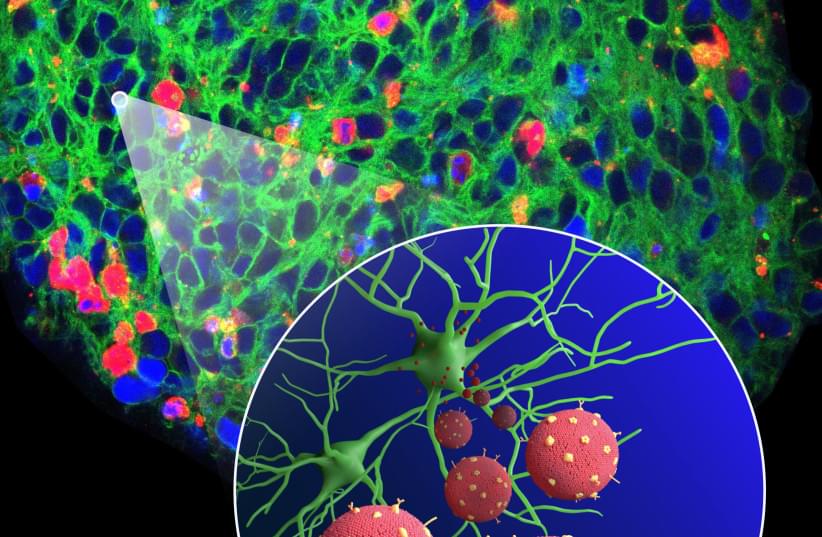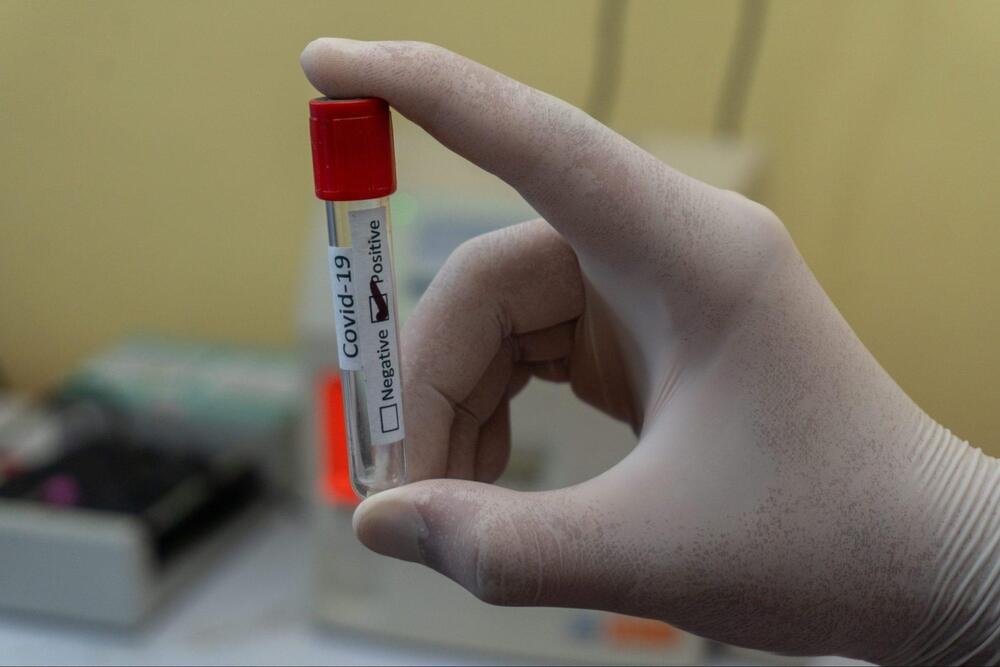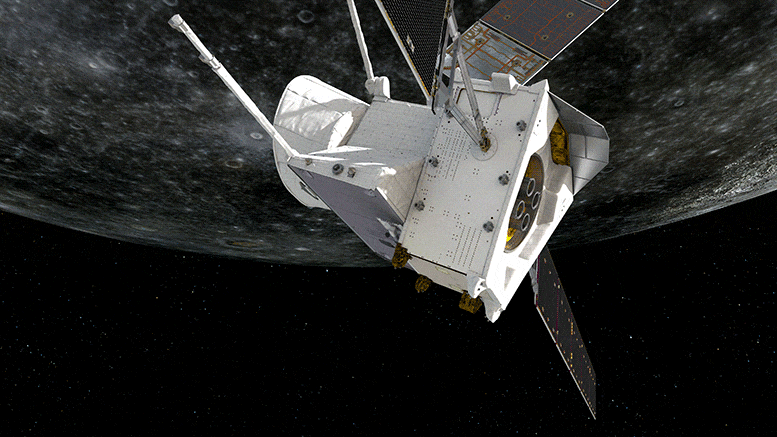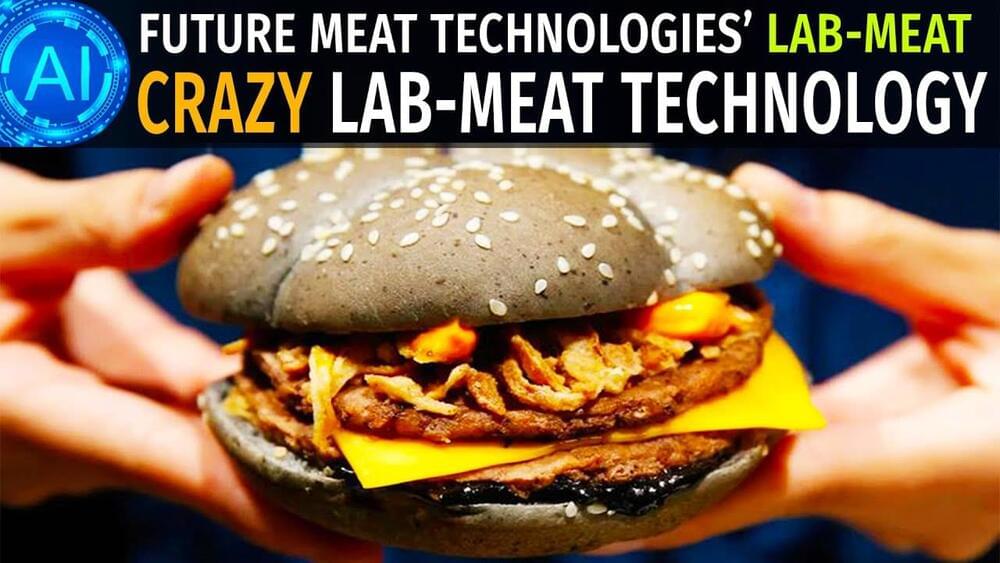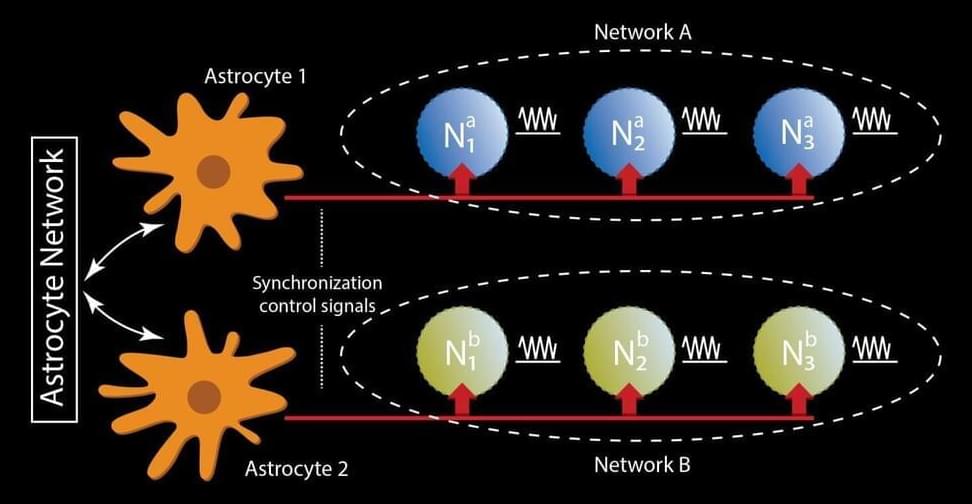A newly discovered papyrus contains an eye-witness account of the gathering of materials for the Great Pyramid.
On a chilly evening last fall, I stared into nothingness out of the floor-to-ceiling windows in my office on the outskirts of Harvard’s campus. As a purplish-red sun set, I sat brooding over my dataset on rat brains. I thought of the cold windowless rooms in downtown Boston, home to Harvard’s high-performance computing center, where computer servers were holding on to a precious 48 terabytes of my data. I have recorded the 13 trillion numbers in this dataset as part of my Ph.D. experiments, asking how the visual parts of the rat brain respond to movement.
Printed on paper, the dataset would fill 116 billion pages, double-spaced. When I recently finished writing the story of my data, the magnum opus fit on fewer than two dozen printed pages. Performing the experiments turned out to be the easy part. I had spent the last year agonizing over the data, observing and asking questions. The answers left out large chunks that did not pertain to the questions, like a map leaves out irrelevant details of a territory.
But, as massive as my dataset sounds, it represents just a tiny chunk of a dataset taken from the whole brain. And the questions it asks—Do neurons in the visual cortex do anything when an animal can’t see? What happens when inputs to the visual cortex from other brain regions are shut off?—are small compared to the ultimate question in neuroscience: How does the brain work?
None.
Scientists from Heidelberg and Bern have succeeded in training spiking neural networks to solve complex tasks with extreme energy efficiency. The advance was enabled by the BrainScaleS-2 neuromorphic platform, which can be accessed online as part of the EBRAINS research infrastructure.
Developing a machine that processes information as efficiently as the human brain has been a long-standing research goal towards true artificial intelligence. An interdisciplinary research team at Heidelberg University and the University of Bern led by Dr Mihai Petrovici is tackling this problem with the help of biologically-inspired artificial neural networks.
Spiking neural networks, which mimic the structure and function of a natural nervous system, represent promising candidates because they are powerful, fast, and energy-efficient. One key challenge is how to train such complex systems. The German-Swiss research team has now developed and successfully implemented an algorithm that achieves such training.
Researchers from the Technion and the Houston Methodist Research Institute have developed microscopic machines that can deliver drugs to parts of the brain in order to treat injuries and diseases.
Researchers have identified a potential new treatment that suppresses the replication of SARS-CoV-2, the coronavirus that causes Covid-19.
In order to multiply, all viruses, including coronaviruses, infect cells and reprogramme them to produce novel viruses.
The research revealed that cells infected with SARS-CoV-2 can only produce novel coronaviruses when their metabolic pentose phosphate pathway is activated.
The magnetic and particle environment around Mercury was sampled by BepiColombo for the first time during the mission’s close flyby of the planet at 199 km on 1–2 October 2,021 while the huge gravitational pull of the planet was felt by its accelerometers.
The magnetic and accelerometer data have been converted into sound files and presented here for the first time. They capture the ‘sound’ of the solar wind as it bombards a planet close to the Sun, the flexing of the spacecraft as it responded to the change in temperature as it flew from the night to dayside of the planet, and even the sound of a science instrument rotating to its ‘park’ position.
Researchers are growing embryos outside the womb for longer than has ever been possible.
The first artificial Lab-Grown Meats have recently gotten into stores and markets for everyone to buy and eat. But until now, those meats were largely just chicken nuggets or similar types of meat. But with Future Meat Technologies’ latest crazy invention, this has changed. They managed to create a system that actually involves Artificial Intelligence, which grows almost 5,000 fully-fledged hamburgers a day without the environmental impact or regular food and meat.
Cultured meat is meat produced by in vitro cell cultures of animal cells (as opposed to meat obtained from animals). It is a form of cellular agriculture.
Cultured meat is produced using many of the same tissue engineering techniques traditionally used in regenerative medicines. It’s also occasionally called lab grown meat.
–
Every day is a day closer to the Technological Singularity. Experience Robots learning to walk & think, humans flying to Mars and us finally merging with technology itself. And as all of that happens, we at AI News cover the absolute cutting edge best technology inventions of Humanity.
If you enjoyed this video, please consider rating this video and subscribing to our channel for more frequent uploads. Thank you! smile
–
TIMESTAMPS:
00:00 The Best Burger of the Future.
01:29 History of Future Meat Technologies.
02:53 How Cultured Meat is made.
04:37 Where you can buy cultured Meat.
05:52 Advantages of Cultured Meat.
07:44 Last Words.
–
#weird #food #cultured
A clearer understanding of how a type of brain cell known as astrocytes function and can be emulated in the physics of hardware devices, may result in artificial intelligence (AI) and machine learning that autonomously self-repairs and consumes much less energy than the technologies currently do, according to a team of Penn State researchers.
Astrocytes are named for their star shape and are a type of glial cell, which are support cells for neurons in the brain. They play a crucial role in brain functions such as memory, learning, self-repair and synchronization.
“This project stemmed from recent observations in computational neuroscience, as there has been a lot of effort and understanding of how the brain works and people are trying to revise the model of simplistic neuron-synapse connections,” said Abhronil Sengupta, assistant professor of electrical engineering and computer science. “It turns out there is a third component in the brain, the astrocytes, which constitutes a significant section of the cells in the brain, but its role in machine learning and neuroscience has kind of been overlooked.”

